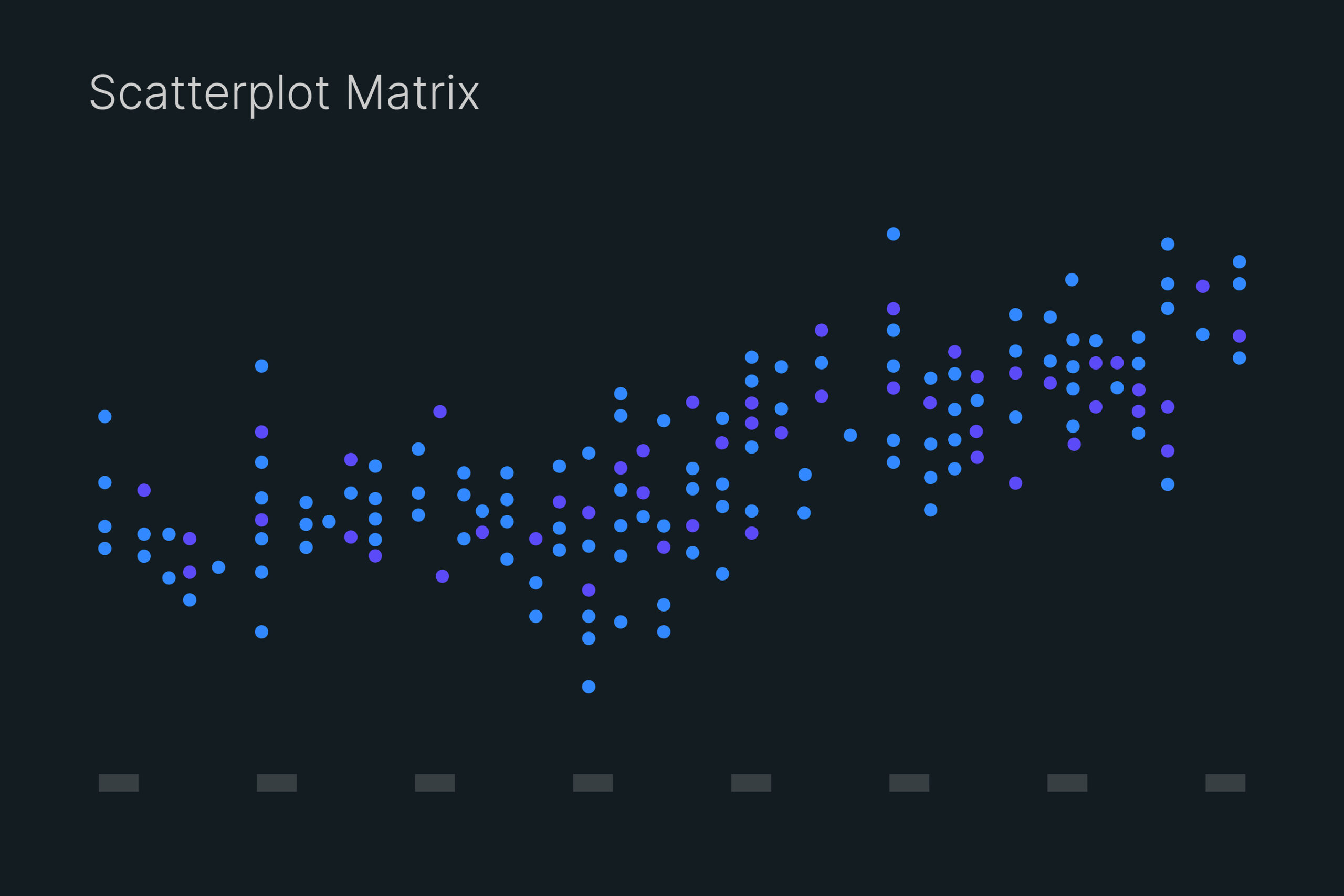Operational efficiency is an important differentiator for 3PL companies. That’s why it is so important to start measuring key metrics early. In this post, I’ll highlight four of them. The reason why I chose these particular metrics is because I often see prospects “turning to MS Excel” to calculate them as a the data usually resides in different source systems. At the end, I’ll explain how to tackle this problem more elegantly.
Order Accuracy Rate
This metric allows to track the percentage of orders correctly fulfilled. Usually, source data comes from a Warehouse Management System (WMS) and an Order Management System (OMS). Important to note is that order accuracy includes the accuracy of picking, packing, labeling, and shipping. Order picking accuracy is therefore only one aspect of order accuracy.
Warehouse Utilization Rate
This metric allows to assess the percentage of warehouse space effectively used. To calculate, you usually need data from both the WMS and the Inventory Management System. In practice, I see that users who like to see historic utilization rates will need an extra database that stores records from the past. What is considered an ideal utilization ratio depends on several factors such as expiration dates, total numbers of SKUs, ability to stack, and inventory shape.
Dock-to-Stock Cycle Time
While this metric is increasingly covered by WMS vendors, I sometimes do still see that data is captured in separate receiving systems. I cover it here because issues in this domain can be costly. Example: a persisting product picking delay can force partial shipment, meaning you pay for multiple shipments.
Pick, Pack, and Ship Cycle Time
You could consider this the opposite of the previous metric as it tracks the time from picking to shipping. Apart from WMS data, 3PL often rely on shipping software to do the calculation.
3PL companies who see themselves merging different data sources in Excel might do well considering a “light-weight” data warehouse. It creates a “single source of truth” that can be used to build “data products” (the term is “hot” but “opaque”, we could say it refers to such things as an “AI algorithm” or a “Power BI report.”
Questions? Remarks? Interested in a data product for your business? Reach out!



